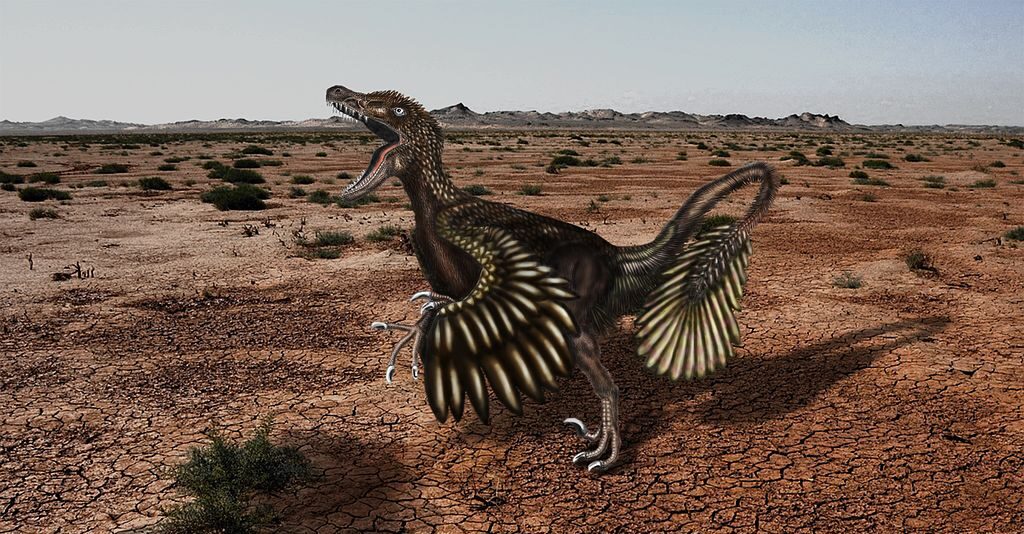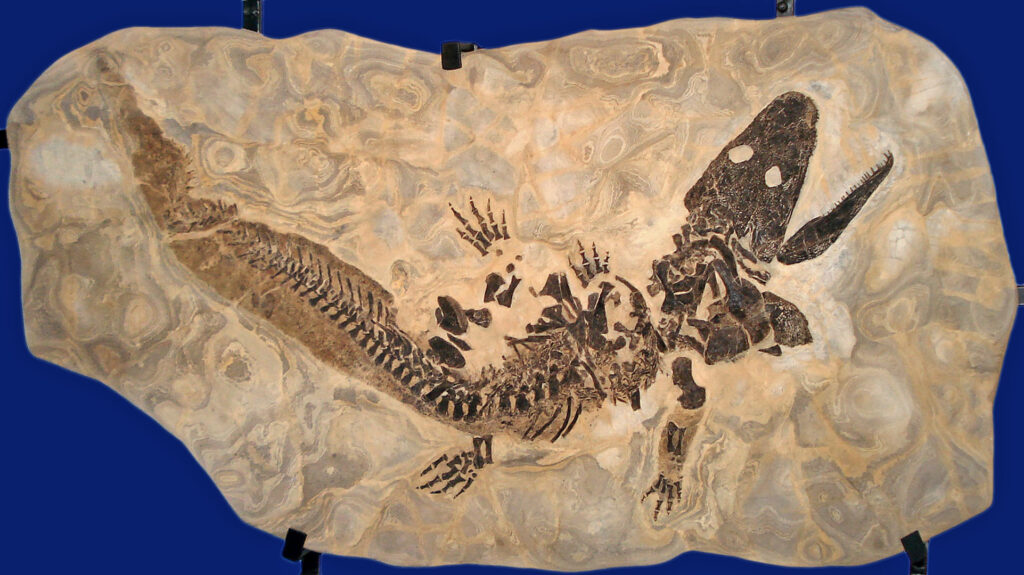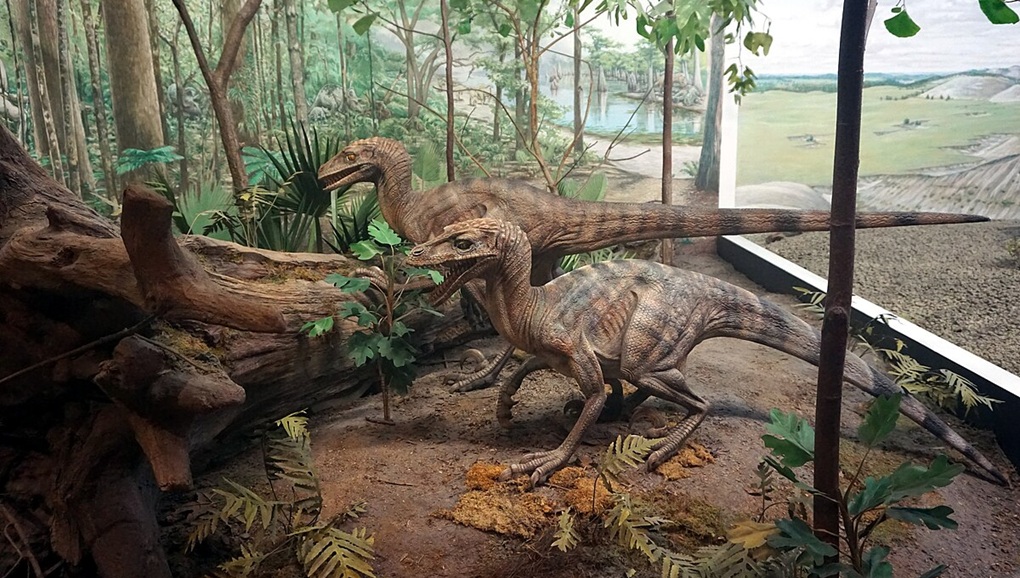Scattered across the world’s geological record lie remarkable concentrations of fossilized remains known as bone beds. These dense accumulations of skeletal elements, sometimes containing thousands of individual specimens, represent frozen moments of prehistoric tragedy. Far from being mere collections of old bones, these sites offer paleontologists unique windows into ancient mass mortality events and the social behaviors of extinct species. By carefully analyzing these assemblages, scientists can reconstruct dramatic episodes from Earth’s past, from catastrophic floods that claimed entire herds to predator traps that accumulated victims over centuries. Let’s explore what these fascinating fossil deposits tell us about ancient life, death, and the complex social dynamics of creatures long gone.
The Definition and Formation of Bone Beds

Bone beds are dense accumulations of vertebrate skeletal remains that contain significantly higher concentrations of fossils than the surrounding rock layers. Paleontologists generally define these deposits as containing at least 25 individual elements per square meter, though some spectacular examples contain hundreds or even thousands of specimens packed tightly together. These remarkable fossil assemblages can form through various mechanisms, including catastrophic mass mortality events like volcanic eruptions or flash floods, attritional accumulation over time at predator traps or watering holes, or hydraulic concentration where flowing water sorts and deposits bones. The preservation quality in bone beds varies dramatically, from articulated complete skeletons suggesting rapid burial to jumbled, fragmented remains indicating significant post-mortem transport and weathering. Understanding the taphonomic processes—how organisms became fossilized—is crucial for interpreting what these ancient graveyards can tell us about the lives and deaths of prehistoric animals.
Famous Bone Beds Around the World
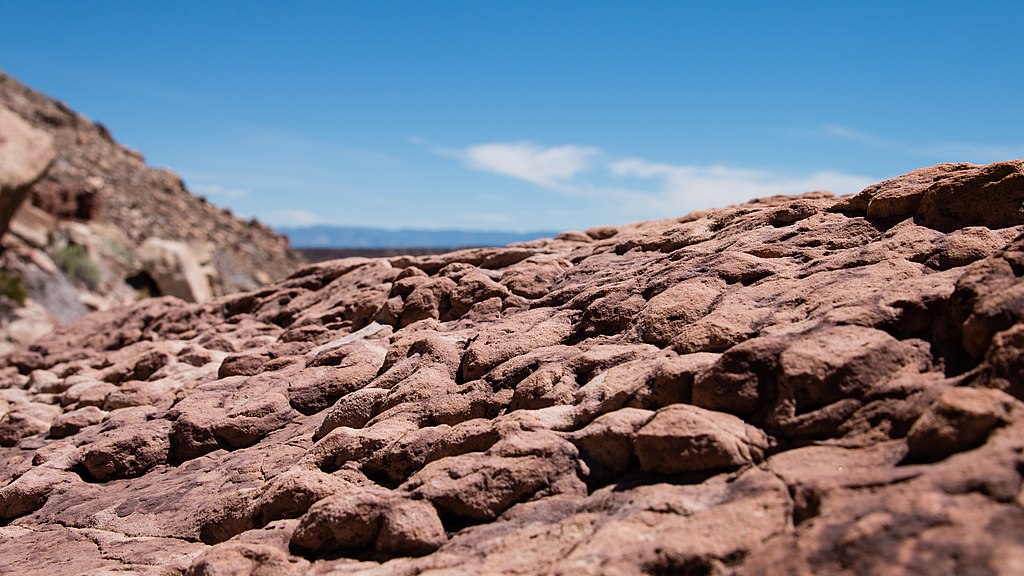
Some of the world’s most significant bone beds have become legendary sites in paleontological research. The Cleveland-Lloyd Dinosaur Quarry in Utah has yielded over 12,000 bones, predominantly from Allosaurus, raising questions about why so many predators died in one location. The Agate Fossil Beds in Nebraska preserve thousands of specimens from early Miocene mammals, including the rhinoceros-like Menoceras, which appears to have died in a catastrophic drought event approximately 20 million years ago. The Dinosaur Provincial Park in Alberta, Canada, contains multiple bone beds of hadrosaurs and ceratopsians that provide evidence of herd behavior and seasonal mortality. The famous La Brea Tar Pits in Los Angeles represent a different type of accumulation—a predator trap that collected animals over thousands of years as they became stuck in natural asphalt seeps. Each of these sites offers unique insights into ancient ecosystems and the circumstances that led to mass mortality events preserved in the geological record.
Evidence of Catastrophic Events

Many bone beds preserve evidence of sudden catastrophic events that claimed dozens or hundreds of lives simultaneously. The Hilda mega-bonebed in Alberta contains the remains of hundreds of horned Centrosaurus dinosaurs, with evidence suggesting they died while crossing a flooded river during a tropical storm approximately 76 million years ago. The orientation of bones, sedimentary structures, and taphonomic evidence all point to a single devastating event rather than an accumulation over time. Similarly, the famous “Dragon’s Tomb” site in Mongolia preserves numerous specimens of the dinosaur Protoceratops apparently buried alive by sandstorms or dune collapses in the ancient Gobi Desert. Volcanic ash beds associated with certain bone deposits, like those at Ashfall Fossil Beds in Nebraska, document the lethal effects of ancient eruptions, with animals preserved in their death poses after succumbing to respiratory failure. These catastrophic bone beds provide dramatic snapshots of prehistoric disasters, capturing moments when environmental forces overwhelmed entire populations.
Insights into Ancient Herd Behavior
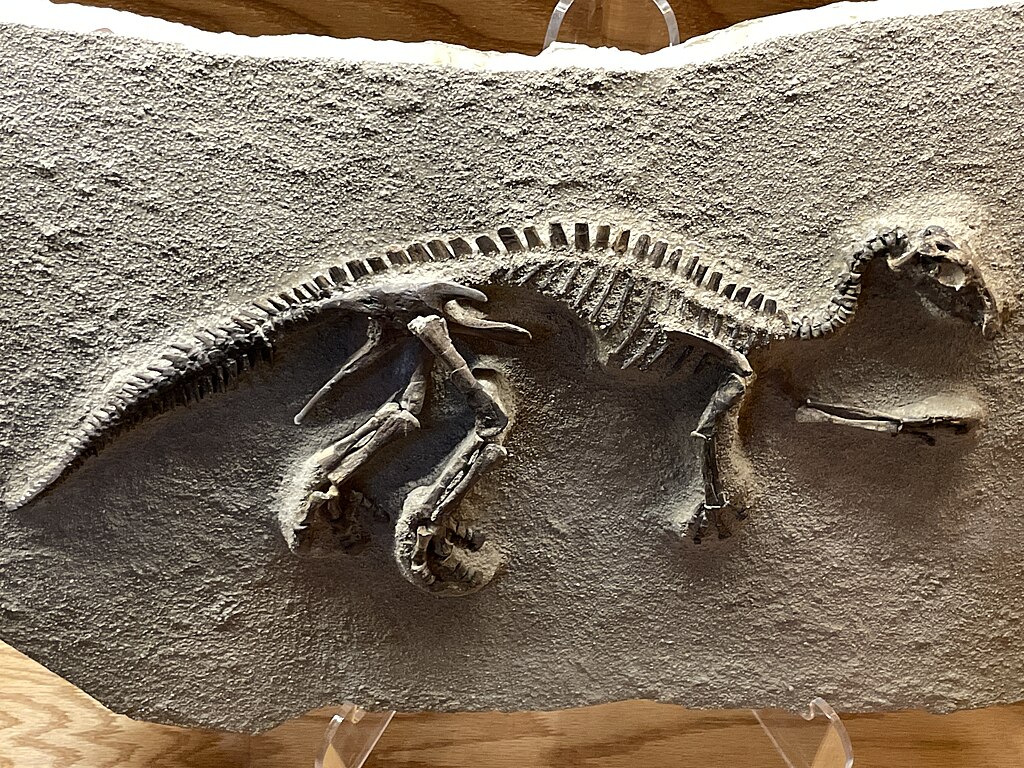
Perhaps the most fascinating aspect of many bone beds is what they reveal about social behavior in extinct species. Monospecific bone beds—those dominated by a single species—often provide compelling evidence for gregarious behavior and complex social structures. The Maiasaura bone bed in Montana contains remains of at least 10,000 individuals of various ages, strongly suggesting these duck-billed dinosaurs lived in large, multigenerational herds. Similar evidence comes from Centrosaurus and Edmontosaurus bone beds, where demographic profiles showing consistent age distributions support the hypothesis that these animals traveled together in structured social groups. Careful analysis of bone orientation can sometimes reveal that animals died while moving in a consistent direction, suggesting coordinated group movement at the time of death. Trace evidence like footprints preserved alongside bone beds can provide additional insights into herd dynamics, showing how individuals positioned themselves relative to others and potentially revealing protective formations with juveniles in the center surrounded by adults.
Deciphering Predator-Prey Relationships

Certain bone beds preserve fascinating evidence of ancient predator-prey interactions, offering glimpses into the ecological relationships that shaped prehistoric communities. The Allosaurus-dominated Cleveland-Lloyd Dinosaur Quarry has puzzled scientists for decades, as predator remains outnumber prey specimens by over 3:1—the opposite of what we would expect in a natural ecosystem. One hypothesis suggests this site may have been a predator trap, where carnivores were attracted to struggling prey animals and then became trapped themselves in mud or quicksand. Other bone beds contain direct evidence of predation, including tooth marks on bones, coprolites (fossil feces) containing bone fragments, and occasionally even dramatic specimens showing predators that died while consuming their prey. The famous “Fighting Dinosaurs” specimen from Mongolia shows a Velociraptor and Protoceratops apparently killed simultaneously during a predatory encounter, possibly buried during a sandstorm or dune collapse. These paleontological crime scenes help researchers reconstruct food webs and understand the selective pressures that drove evolutionary adaptations in both predators and prey.
Age Profiles and Population Dynamics

The demographic composition of bone beds provides critical information about population structures and mortality patterns in ancient species. Paleontologists carefully analyze the age distribution of individuals within bone beds, determining whether they represent catastrophic profiles (a cross-section of the living population) or attritional profiles (dominated by the very young and very old). The famous Agate Fossil Beds show a catastrophic profile of rhinoceros-like Menoceras, with all age groups represented in proportions similar to what would be expected in a living herd, suggesting a sudden disaster killed the entire group. In contrast, the Rancho La Brea tar pits show a strong bias toward young adult predators like dire wolves and saber-toothed cats, indicating these inexperienced hunters were more likely to be trapped while attempting to reach stuck prey animals. These age profiles can reveal aspects of reproductive strategies, seasonal breeding patterns, and the factors that regulated population sizes in prehistoric ecosystems. For example, some hadrosaur bone beds show evidence of seasonal mortality events that may have coincided with migration or breeding seasons, similar to patterns observed in modern migrating ungulates.
Taphonomic Analysis: Reading the Evidence

Taphonomy—the study of what happens to organisms after death—is crucial for correctly interpreting bone beds and distinguishing between different formation mechanisms. Researchers examine multiple lines of evidence to reconstruct the sequence of events that created these fossil assemblages. The degree of articulation (whether bones remain in their life position) provides clues about how quickly burial occurred after death, with fully articulated skeletons suggesting rapid burial before decomposition could disarticulate the remains. Weathering patterns on bone surfaces indicate how long remains were exposed before final burial, with distinct stages of cracking, flaking, and deterioration corresponding to exposure time. Tooth marks, trampling damage, and evidence of scavenging reveal interactions with other organisms before fossilization. The orientation of elongated bones can indicate whether flowing water transported the remains, as bones tend to align with current direction. Sedimentological context—the type of sediment encasing the fossils and structures within it—provides information about the depositional environment, whether a quiet pond, active river channel, or windblown dune. By integrating all these lines of evidence, paleontologists can distinguish between catastrophic mass death events, attritional accumulations, and hydraulically concentrated assemblages.
Seasonal Mortality and Migration Patterns

Some bone beds preserve evidence of seasonal events and migration patterns that structured the lives of ancient animals. Isotopic analysis of teeth and bones can reveal seasonal signals in drinking water and diet, while growth rings in bones (similar to tree rings) can indicate the season of death if the final growth layer is preserved. The famous Horseshoe Canyon hadrosaur bone bed in Alberta shows evidence that these dinosaurs died during the dry season, possibly while searching for water during a drought. Similarly, the mass death assemblages of Coelophysis at Ghost Ranch, New Mexico, may represent seasonal aggregations of these early dinosaurs that were caught in catastrophic flooding events. In more recent fossil deposits, seasonal migration routes can sometimes be mapped by connecting bone beds that show consistent timing of mortality events, similar to how biologists track modern migratory species. These seasonal patterns help paleontologists understand how prehistoric animals adapted to changing environmental conditions throughout the year and how climate fluctuations influenced their behavior and survival strategies.
Disease and Ancient Pathologies
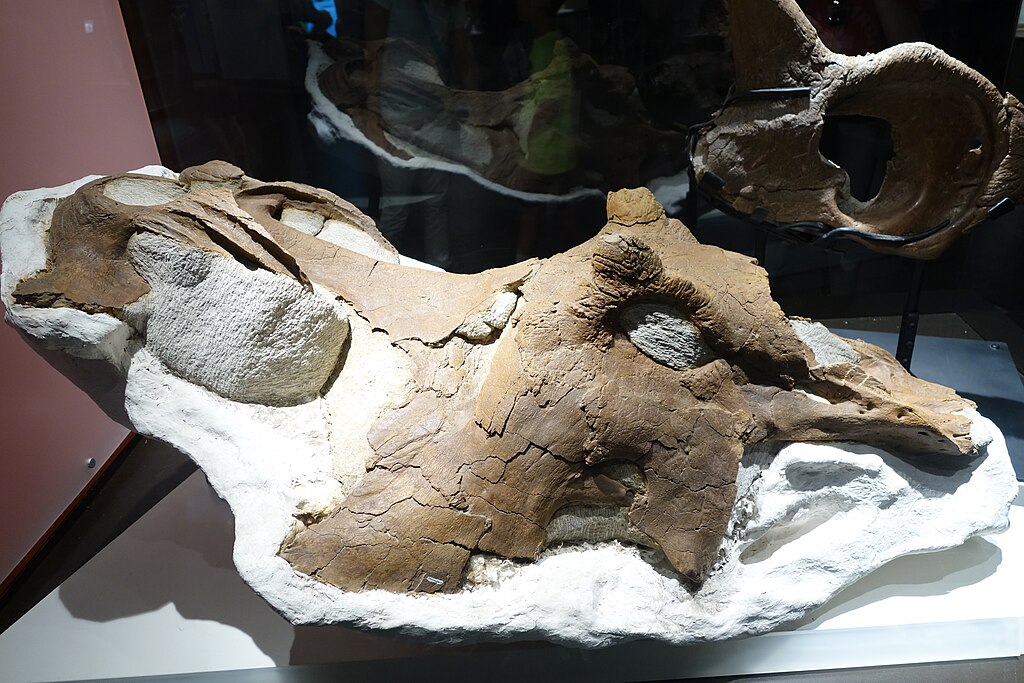
Bone beds occasionally preserve evidence of diseases that affected prehistoric populations, offering insights into the health challenges faced by ancient species. Careful examination of fossils can reveal pathological conditions like infections, arthritis, cancer, and healed fractures that affected individuals before death. The presence of similar pathologies across multiple individuals in a bone bed might indicate disease played a role in the mass mortality event. For example, some ceratopsian bone beds show evidence of respiratory infections that could have weakened animals before a catastrophic event delivered the final blow. Researchers have identified evidence of fungal infections similar to valley fever in specimens from certain North American bone beds, suggesting these diseases have ancient origins. Nutritional stress can also leave signatures in bones, with growth arrest lines indicating periods of food scarcity. These paleopathological investigations help scientists understand the disease burden carried by ancient populations and how health challenges may have influenced behavior, including the formation of social groups that might have provided protection or care for injured or ill individuals.
Ancient Climate and Environmental Reconstruction
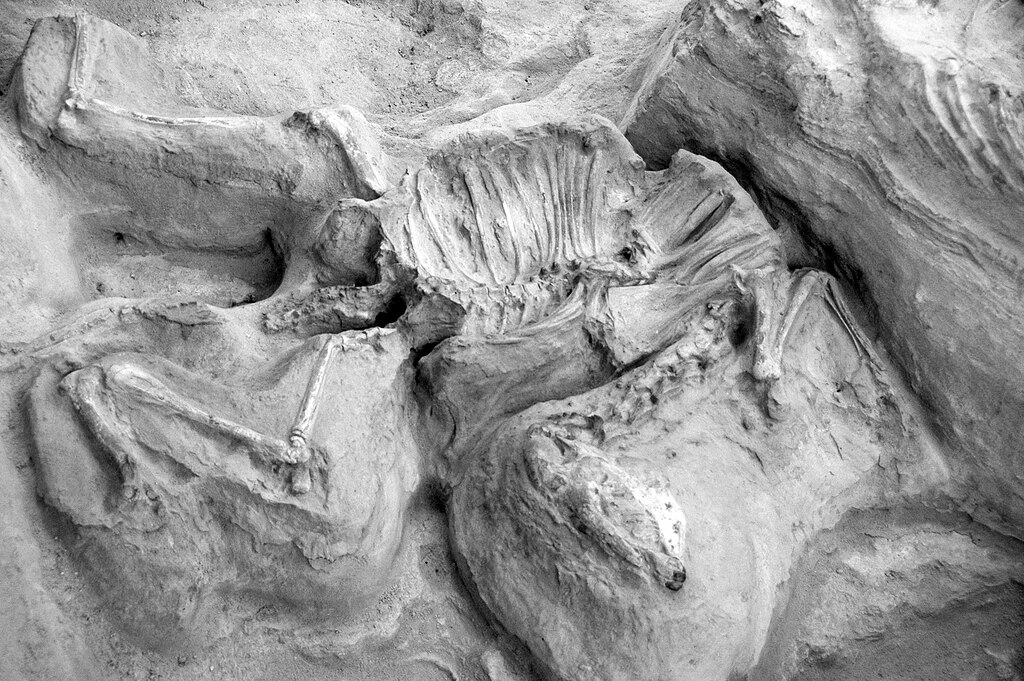
Bone beds serve as important archives of paleoenvironmental information, helping scientists reconstruct ancient climates and ecosystems. The sediments encasing fossils contain pollen, plant remains, and microscopic organisms that provide clues about local vegetation and climate conditions when the animals died. Chemical analyses of bones and teeth can reveal information about diet, water sources, and seasonal variations in climate. Isotope ratios of oxygen, carbon, and strontium preserved in fossil material offer insights into temperature, precipitation patterns, and the geological substrate where animals lived. The Ashfall Fossil Beds in Nebraska preserve a remarkable record of animals killed by volcanic ash approximately 12 million years ago, with the surrounding sediments containing evidence of a savanna-like environment with seasonal rainfall patterns. By integrating fossil evidence with geological data, researchers can create detailed reconstructions of ancient ecosystems and understand how environmental factors contributed to the mass mortality events preserved in bone beds, whether through drought, flooding, volcanic activity, or other climate-related stressors.
Modern Analogues: Contemporary Mass Death Events
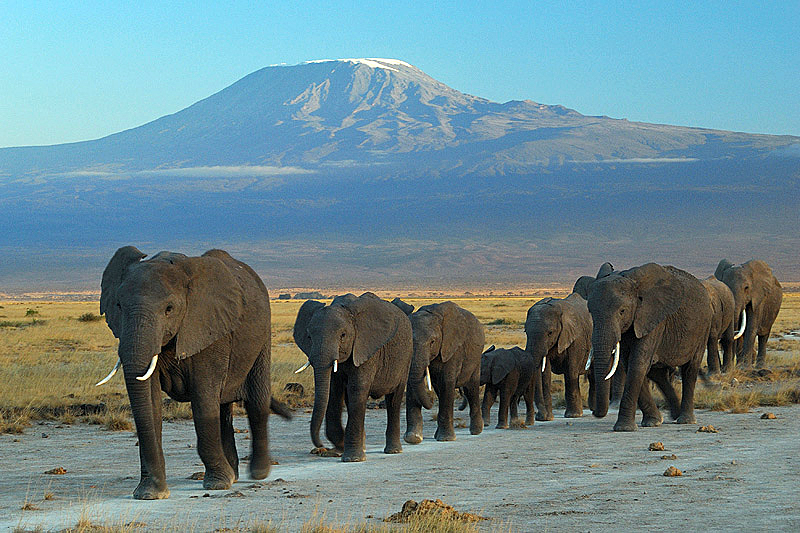
Modern mass mortality events provide valuable reference points for interpreting ancient bone beds, allowing researchers to observe taphonomic processes in real time. Wildlife biologists and paleontologists study contemporary die-offs, such as mass drownings of wildebeest during river crossings in the Serengeti, hippopotamus deaths during drought conditions, or mass strandings of marine mammals. These modern events demonstrate how quickly scavengers can disarticulate remains, how water transport affects bone distribution, and how environmental factors contribute to mass mortality. The famous elephants of Amboseli National Park in Kenya, studied for decades, show how drought conditions lead to concentrated deaths around diminishing water sources, creating bone accumulations similar to certain prehistoric deposits. Experimental taphonomy, where researchers observe the decomposition and disarticulation of modern carcasses under controlled conditions, further helps calibrate interpretations of fossil evidence. These actualistic studies are crucial for developing accurate models of how bone beds form and what they can tell us about ancient catastrophes and behaviors, bridging the gap between present observations and prehistoric events.
Technological Advances in Bone Bed Analysis

Modern technological innovations have revolutionized how paleontologists study bone beds, extracting more information than ever before from these ancient graveyards. Advanced imaging techniques like CT scanning allow researchers to examine internal bone structures without destructive sampling, revealing growth patterns, pathologies, and even preserved soft tissues in exceptional cases. Geochemical analyses using techniques like laser ablation mass spectrometry can detect trace elements and isotopes in fossilized remains, providing insights into diet, migration patterns, and environmental conditions. Digital mapping technologies and photogrammetry create precise three-dimensional models of bone beds, preserving spatial relationships between specimens and allowing virtual excavations long after sites have been removed. Ancient DNA extraction, though challenging in very old specimens, has proven successful in younger bone beds, revealing genetic relationships between individuals and population structures. Machine learning algorithms help identify patterns in bone orientation, weathering, and taphonomic signatures that might not be apparent to human observers. These technological advances continue to squeeze new information from old bones, allowing paleontologists to revisit historic collections with fresh analytical approaches and extract previously unattainable insights about ancient mass mortality events and social behaviors.
Ethical Considerations in Bone Bed Excavation
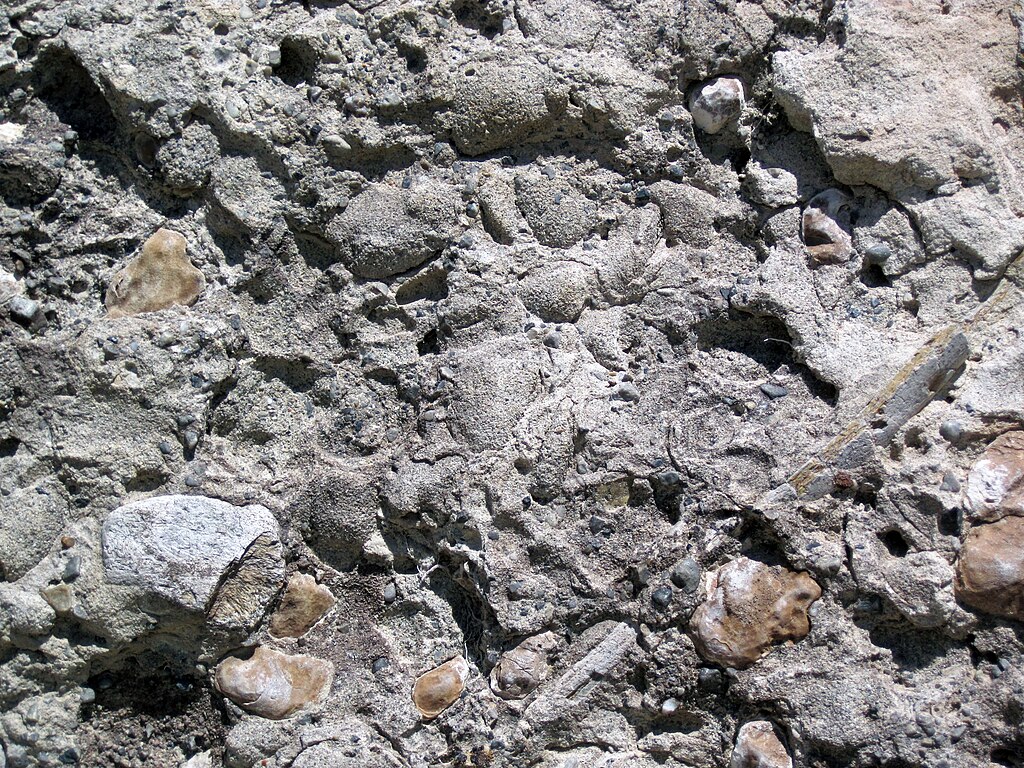
The excavation and study of bone beds raise important ethical considerations regarding scientific responsibility, resource management, and cultural sensitivities. Unlike isolated fossil finds, bone beds represent non-renewable scientific resources of exceptional value that require careful excavation strategies to maximize information retrieval. Modern paleontological practice emphasizes thorough documentation of spatial relationships between specimens before removal, as this contextual information is irretrievably lost once bones are extracted from their depositional environment. Many major bone beds are now partially preserved in situ, with portions left unexcavated for future researchers who may have better techniques or different research questions. Cultural considerations also play an important role, particularly when bone beds contain human remains or are located on indigenous lands with cultural significance. Collaborative approaches involving local communities in research design, excavation, and interpretation have become increasingly common, respecting traditional knowledge while pursuing scientific understanding. The fossils themselves raise questions about appropriate storage, access for researchers, public display, and digital data sharing—all of which must balance scientific progress with responsible stewardship of these irreplaceable windows into Earth’s past.
Conclusion
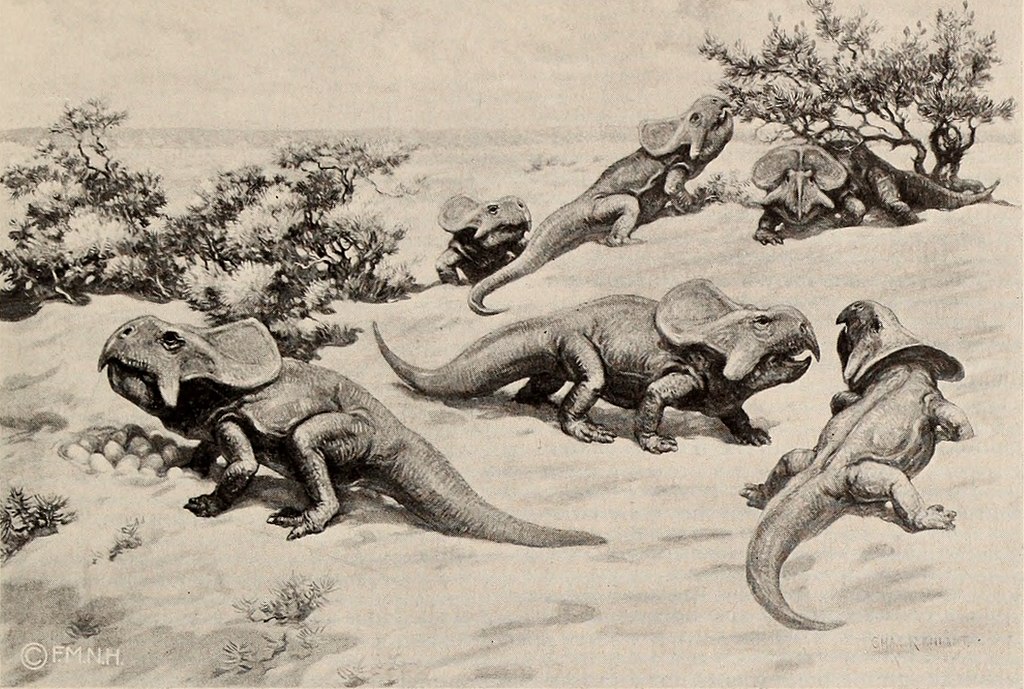
Bone beds stand as remarkable time capsules that capture dramatic moments in Earth’s biological history. From catastrophic floods that claimed entire herds to predator traps that accumulated victims over millennia, these dense fossil assemblages provide unparalleled insights into ancient life and death. The social behaviors revealed—from dinosaur herding strategies to migration patterns—help us understand how extinct species navigated their prehistoric worlds. As analytical techniques continue to advance, researchers extract increasingly detailed information from these ancient graveyards, piecing together stories of environmental change, ecological relationships, and evolutionary adaptations. By carefully reading the evidence preserved in bone beds, paleontologists transform scattered remains into vivid reconstructions of prehistoric communities, reminding us that even in death, ancient organisms continue to reveal the complex dynamics of life on our ever-changing planet.

